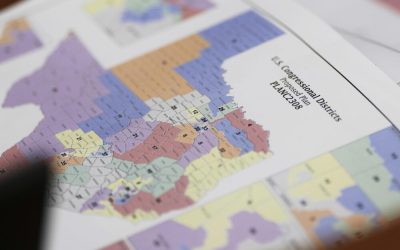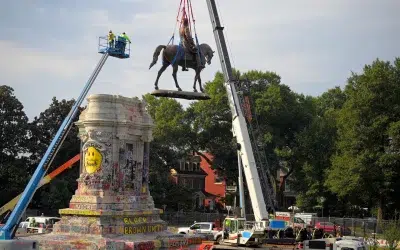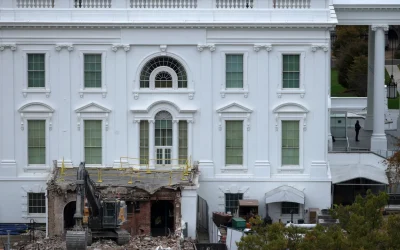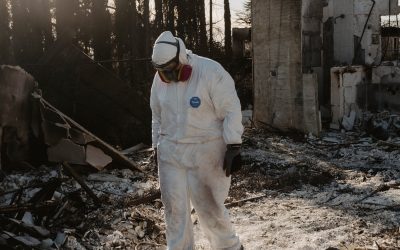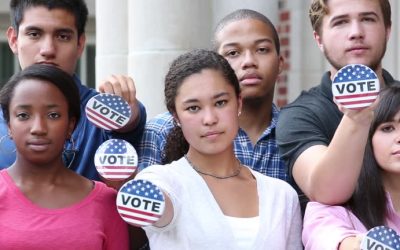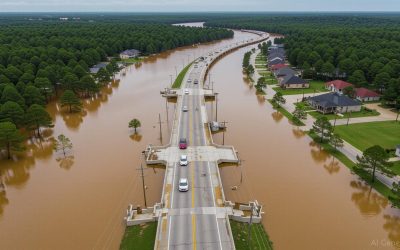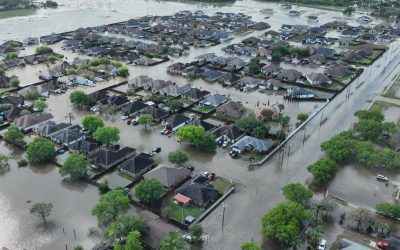The legal landscape of sports betting has been tumultuous for years now. Last February, for instance, Ohio banned prop bets on college sports and federal legislation to limit sports betting advertising has been introduced. Going further back, the 2017 Murphy v. NCAA Supreme Court ruling reversed the Professional and Amateur Sports Protection Act, which was passed in 1992 and prohibited sports gambling in most states, allowing for such a legal landscape today. Justice Samuel Alito authored the opinion and argued that the PASPA violated the 10th amendment which protects the power of the states. As of 2025, 38 states and the District of Columbia have legalized sports betting to some extent, whether through in-person or virtual avenues.
Social Justice
Federal Court Blocks Texas’ Racially Discriminatory Redistricting Map (Social Justice Policy Brief #184)
In a major ruling upholding the rights of minority voters, a three-judge federal panel on November 18, 2025, issued a preliminary injunction blocking Texas from using its newly adopted 2025 congressional redistricting map for the upcoming 2026 elections. The map, enacted during a special legislative session in August, was found to be an unconstitutional racial gerrymander that harmed the voting power of Black and Hispanic Texans. The panel ordered that the elections proceed under the state’s 2021 map. Opponents, including State Senator Juan “Chuy” Hinojosa, applauded the decision, stating the map was a clear effort by the Trump administration and Texas Republicans to “silence the voices” of minority-majority districts. Texas has already filed a notice of appeal to the U.S. Supreme Court.
Reclaiming the Pedestal: Monument Removal and the Struggle for Public Memory (Social Justice Policy Brief #183)
The ongoing, contentious debate over public monuments is not a referendum on history, but a profound struggle over power, memory, and the definition of public space. For generations, city squares, parks, and government buildings have been dominated by statues celebrating figures of colonialism, slavery, and state violence—from Confederate generals and slave traders to architects of Indigenous genocide. These monuments have never been neutral historical markers. They are active political statements, erected to assert a specific, dominant narrative of power and to legitimize a social hierarchy built on white supremacy.
Bulldozing History (Social Justice Policy Brief #182)
The entire historic East Wing of the White House was demolished in late October 2025 to clear space for President Trump’s controversial $300 million private ballroom project. The rapid, irreversible destruction—which eliminated the offices of the First Lady and her staff, the Social Secretary’s office, the family movie theater, and the primary public entrance—was carried out in a matter of days. This action directly contradicted the President’s prior assurance in July that the new 90,000 sq ft ballroom would be “near it but not touching it,” and would not interfere with the existing structure. The administration proceeded with the demolition without legally required approvals from the National Capital Planning Commission (NPC) or the Commission of Fine Arts, deliberately bypassing the public review process intended to protect the national landmark.
Pardoned for Profit (Social Justice Policy Brief #181)
The pardon of Changpeng Zhao (“CZ”), the convicted founder of the world’s largest cryptocurrency exchange, Binance, by President Trump, is widely viewed by critics as a clear act of “pay-to-play” corruption and a severe abuse of executive clemency.
Trump’s Staff Reductions Leave FEMA Less Prepared: When the Helpers Don’t Show Up (Social Justice Policy Brief #180)
We’ve all seen the images on our screens — homes splintered, power gone, dazed residents wandering through shattered neighborhoods. They’re desperate for water, cell service, and food. Some are still searching for missing loved ones.
The Youth Vote: Is There Much of One? Can It Make a Difference? (Social Justice Policy Brief #179)
Young voters are often called a “sleeping giant,” and in 2024, nearly half of eligible 18–29-year-olds voted—about 47%. That’s slightly less than in 2020 but more than in 2016. Turnout varied widely: states like Minnesota and Maine had over 60%, while Oklahoma and Arkansas were in the low 30s. These differences are closely tied to state policies. Places with easy registration and voting options—like online registration, same-day registration, and mail voting—had higher turnout. States with strict ID laws and limited access saw lower participation. In short: young voters showed up in 2024, but where and how much they participated depended heavily on state policies and systemic barriers. You can explore more in CIRCLE’s full analysis or theMAP youth voting report.
Is It Time to Take a Look at Our Own Gun Laws? (Social Justice Policy Brief #178)
Gunfire remains a defining crisis in the United States. On an average day, roughly 125 people are killed with guns and many more are wounded, a toll that reverberates through classrooms, workplaces, and families. Recent data compilations show that by late August 2025 the country had already endured more than 300 mass shootings this year, with hundreds killed and well over a thousand injured. These are not abstractions; they are neighbors, classmates, and coworkers.
The Cost of Neglect: Trump Has Left America Unprepared for Disaster (The Federal Response) (Social Justice Policy Brief #177)
As Texas reels from the July 2025 flood catastrophe, the conversation has shifted beyond the state’s borders. While Texas lawmakers have been quick to blame local officials, the reality is that federal emergency preparedness programs have also been gutted, leaving communities across the United States dangerously exposed. During Donald Trump’s second term, federal disaster mitigation funds, FEMA pre-disaster grants, and infrastructure resiliency initiatives have been slashed in the name of budget cuts and “government efficiency.”
The Cost of Neglect: The Price of Unpreparedness (The State Response)
The catastrophic July 2025 Central Texas floods left more than 135 people dead, including 27 children and staff members at Camp Mystic, a tragedy that has rocked the state and sparked a political firestorm. In the days following the disaster, Texas lawmakers publicly turned their ire toward Kerr County officials, accusing them of slow evacuations and communication failures. But behind the headlines and finger-pointing lies a harsher reality: Texas has systematically underfunded emergency preparedness, and local governments have been left scrambling with inadequate resources to face a crisis of this magnitude.
Pardons, Power, and Payback: Trump’s Legacy of Clemency — Part II (Social Justice Policy Brief #175)
Presidential pardons are a constitutionally granted power, intended to serve as instruments of mercy, justice, and healing. But under President Donald Trump’s second term (2024–2025), this power has again been wielded as a political tool, continuing a controversial legacy from his first term. The recent wave of pardons reflects a continuation—and escalation—of Trump’s willingness to use executive clemency to reward loyalists, pardon convicted political allies, and whitewash wrongdoing linked to his political movement.
Pardons, Power, and Payback: Trump’s Legacy of Clemency — Part I (Social Justice Policy Brief #174)
The presidential pardon is a constitutional power granted to the President of the United States under Article II, Section 2 of the U.S. Constitution. It allows the President to grant reprieves and pardons for federal offenses, except in cases of impeachment. While originally intended to offer clemency as a form of mercy or to correct miscarriages of justice, the use of pardons has evolved—and at times, been weaponized for political purposes.


